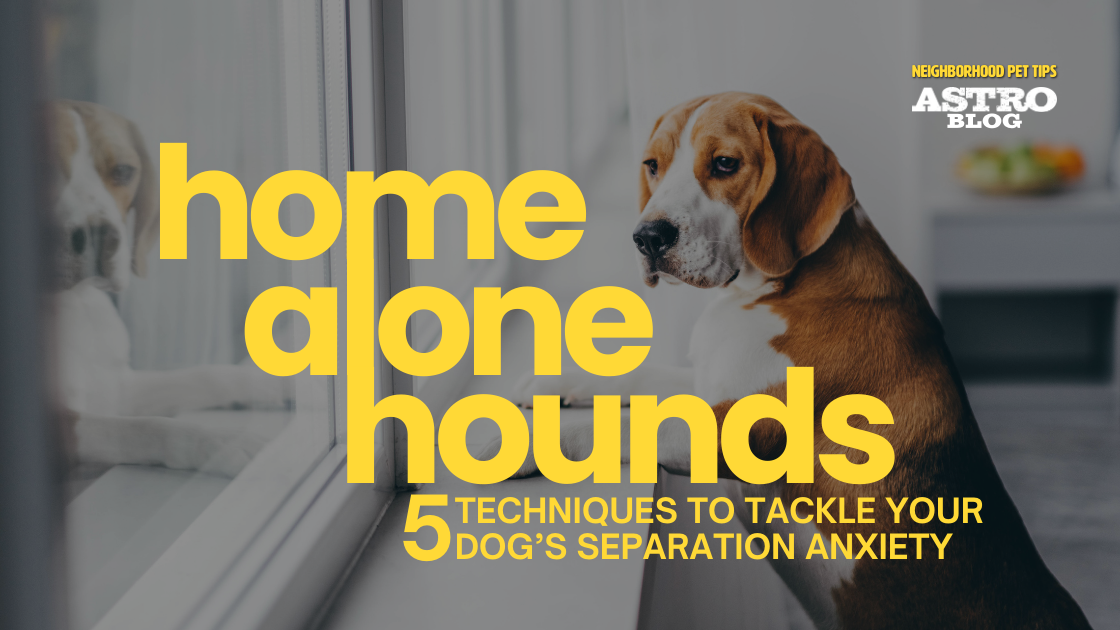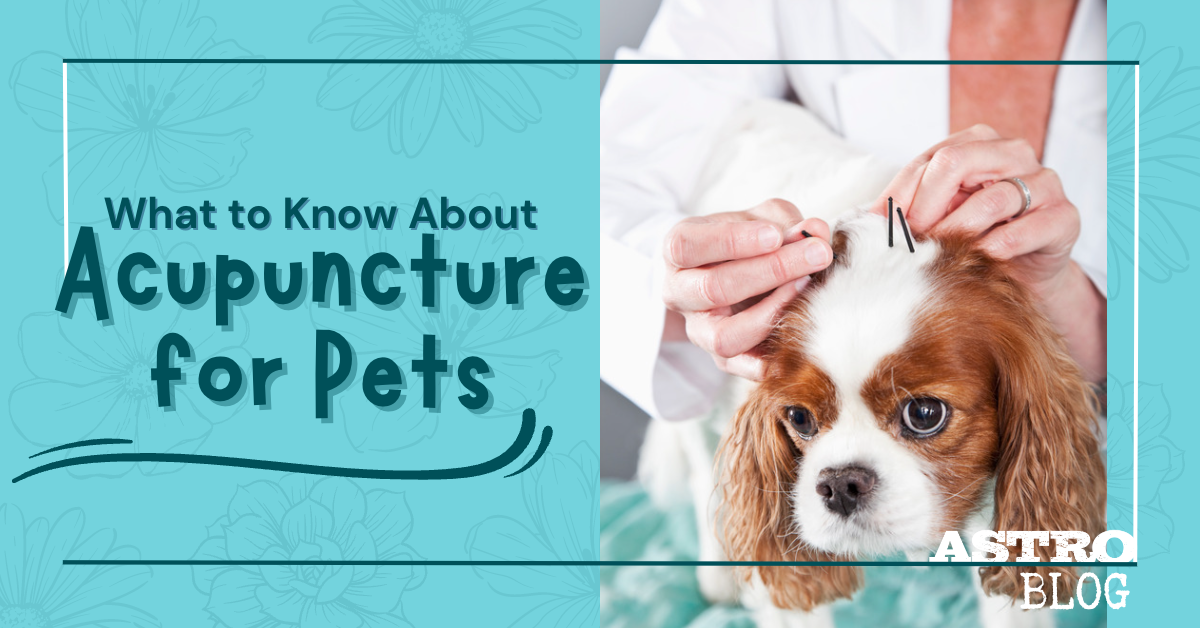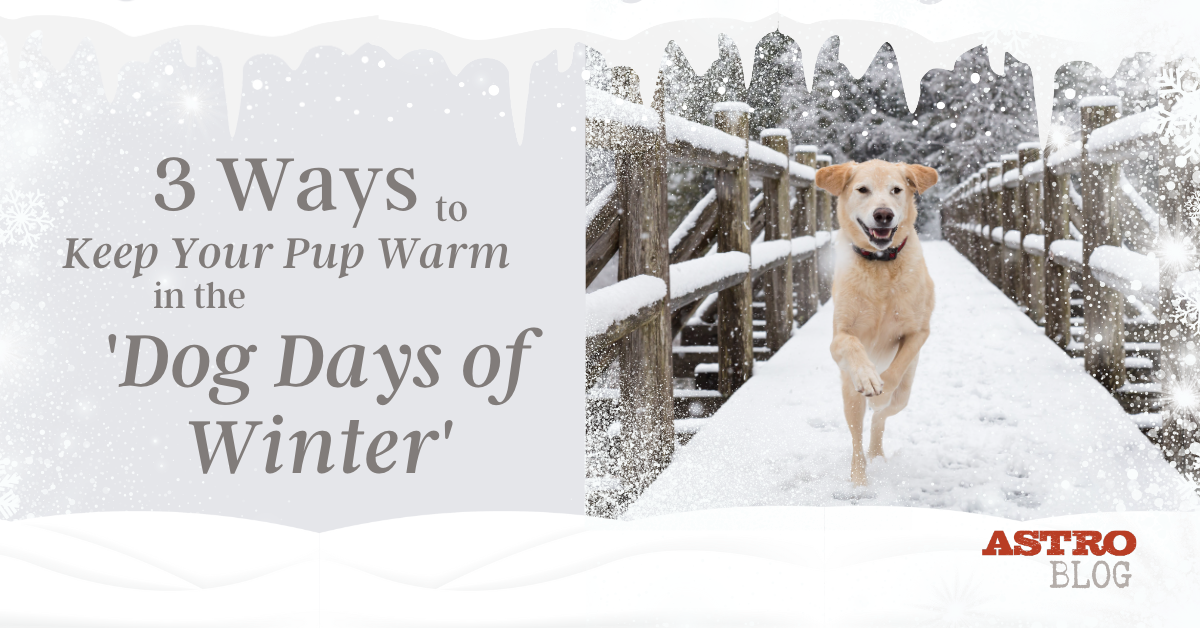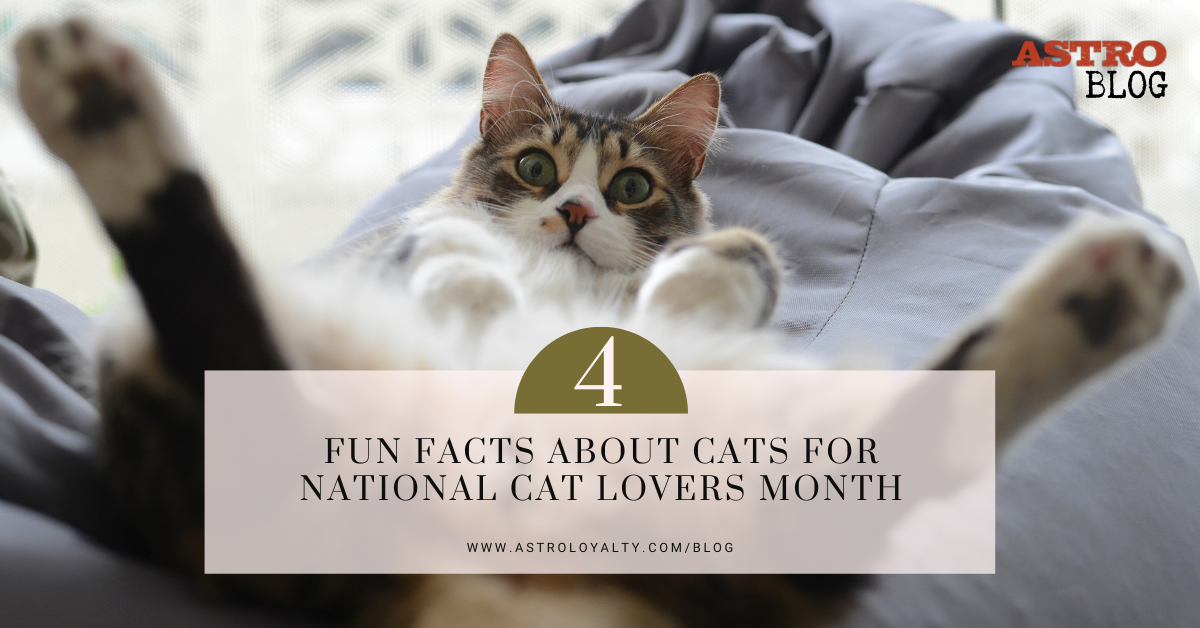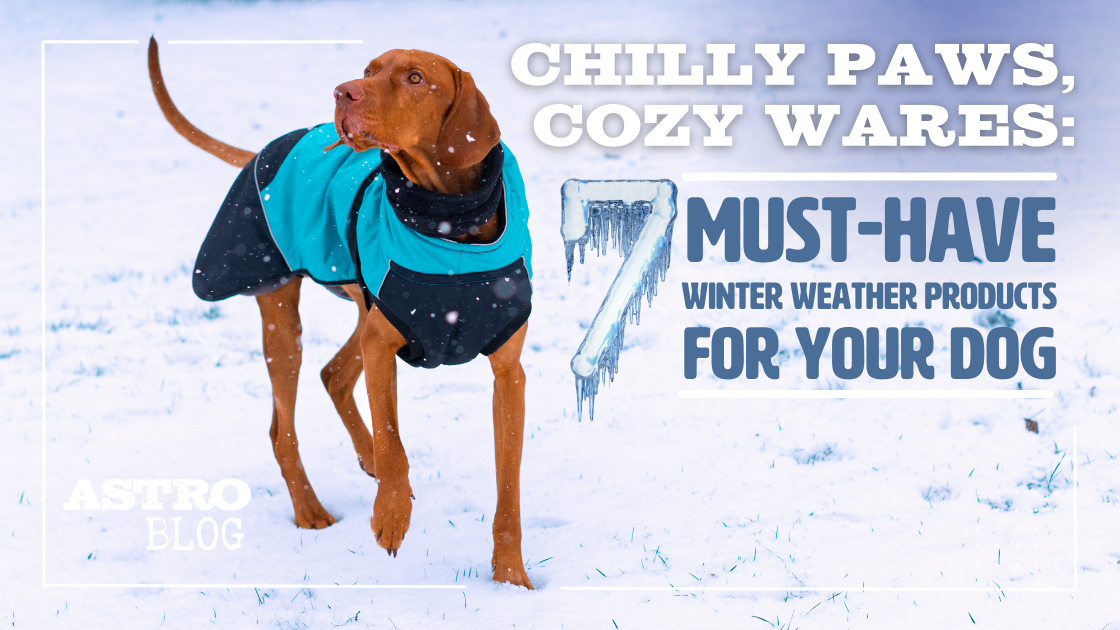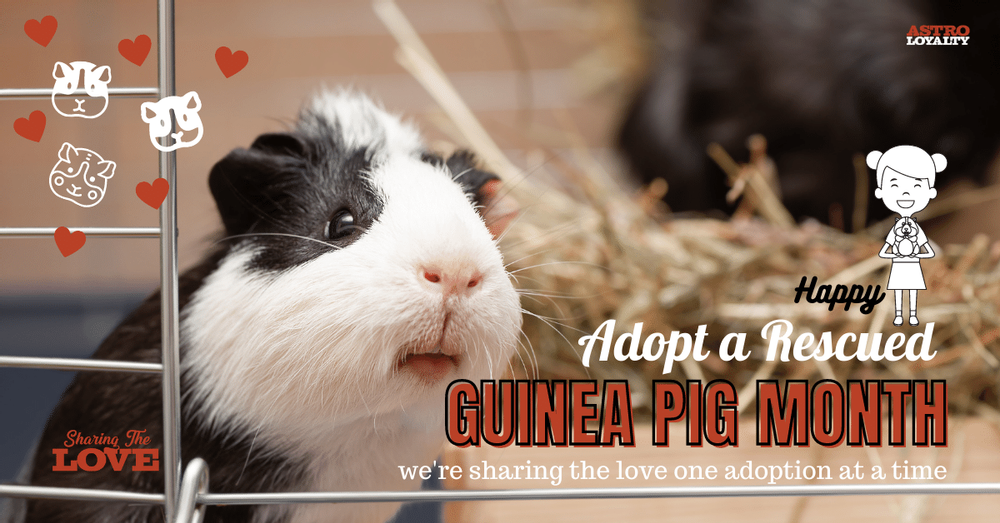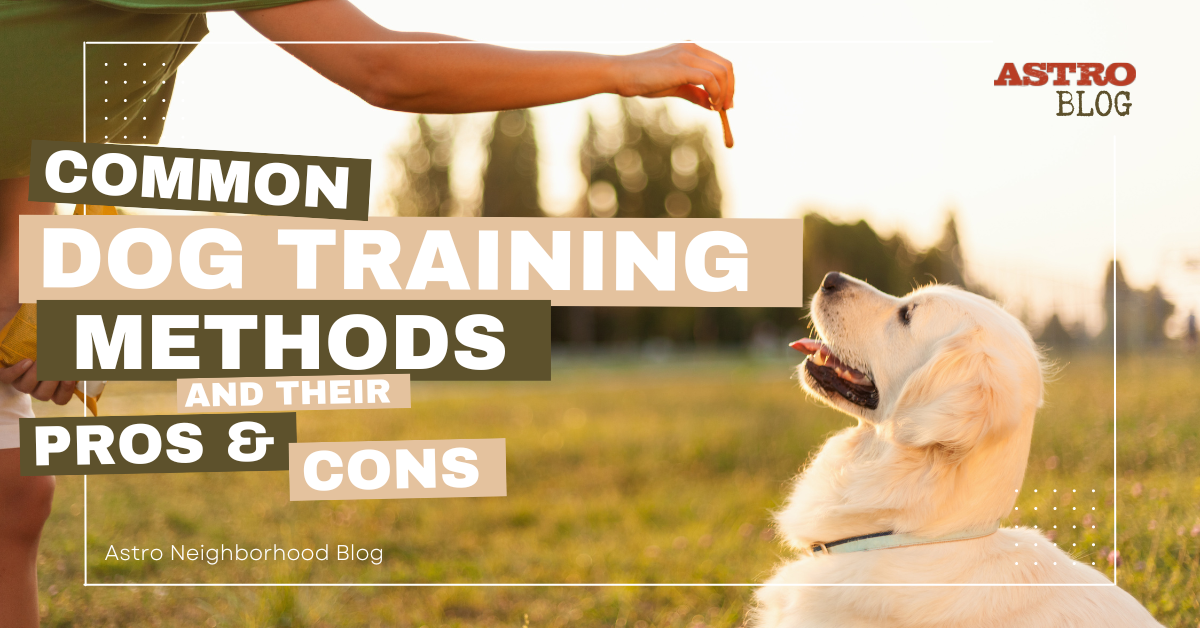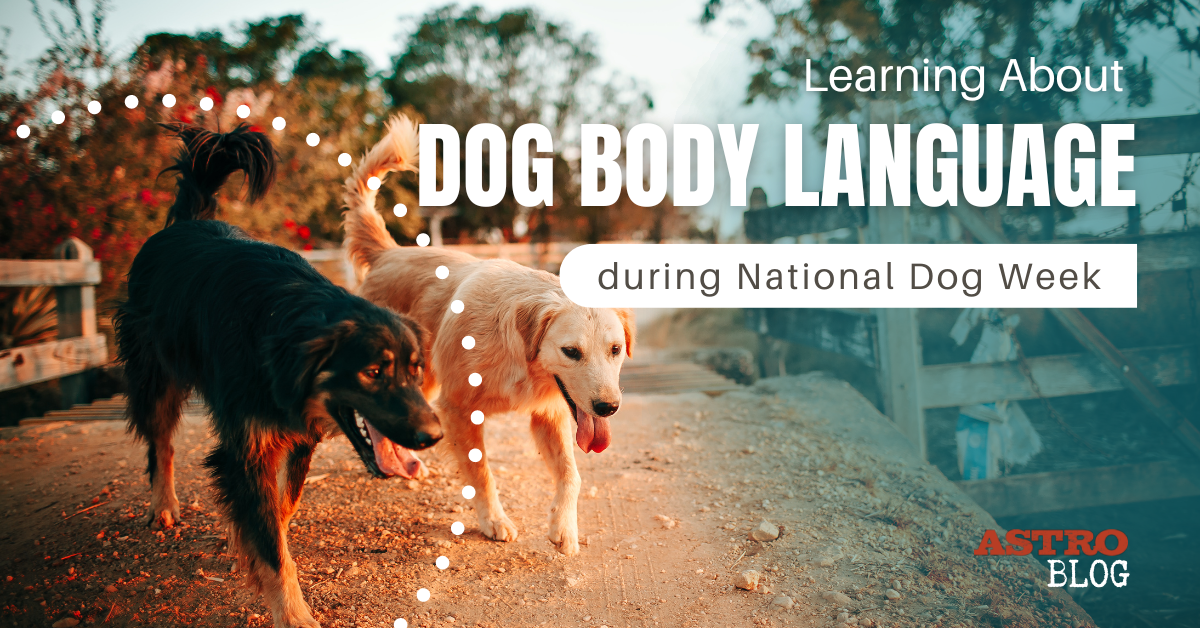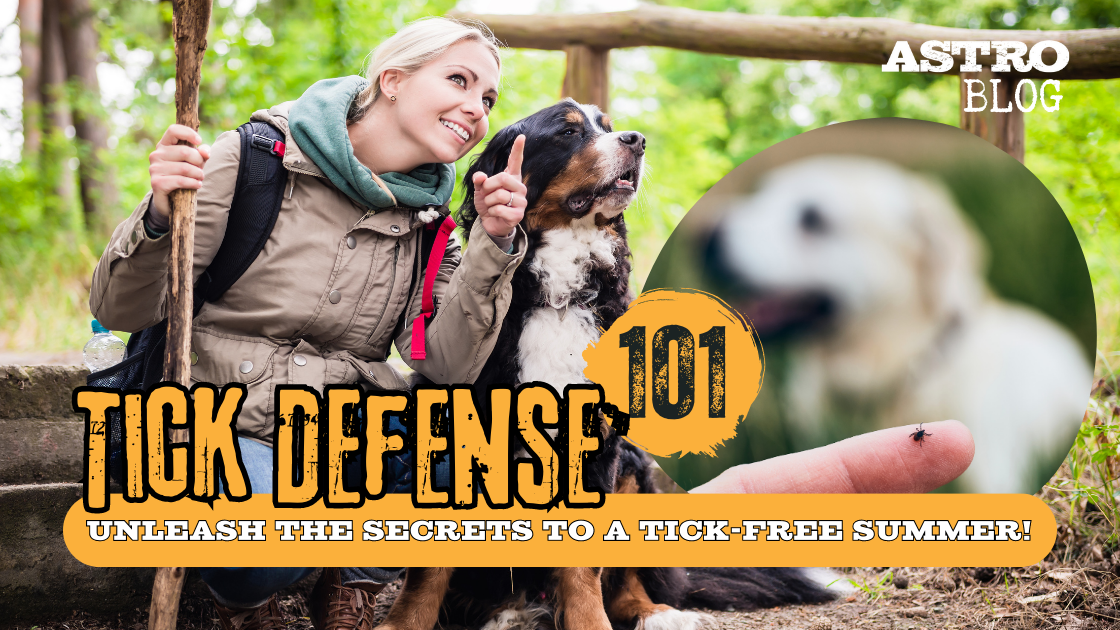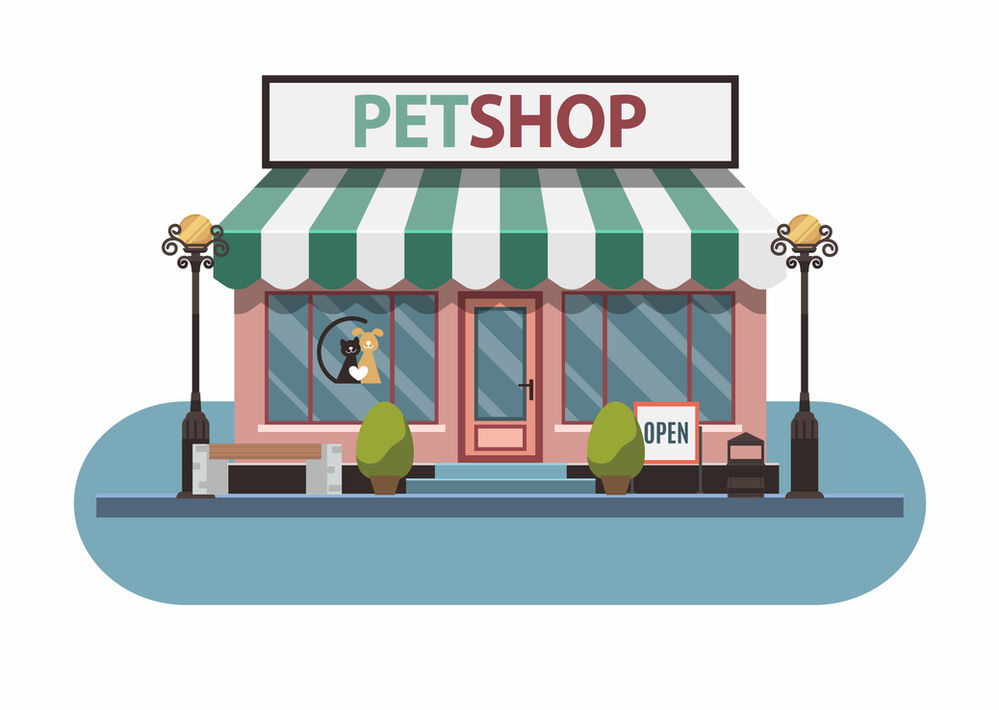It’s not uncommon to have a dog become slightly anxious or upset after you leave them home alone, especially during the first few minutes of your absence. However, some owners notice that their dogs experience significant anxiety after they leave for work or to take care of an errand. None of us want an upset dog waiting for us at home, but we can’t always take them with us when we need to leave. As such, it’s important to be able to address separation anxiety in dogs and take steps toward preventing emotional upsets in our canine companions.
What is Separation Anxiety in Dogs?
Separation anxiety is a type of anxiety that occurs when a dog is incredibly attached to their family members. When the dog’s family members have to leave them alone to attend school, work, or errands, they can become stressed and upset. A dog’s anxiety upon being left alone can lead to destructive behaviors or intense physical and mental effects. Separation anxiety involves far more than a bit of whining when a dog’s owner leaves home.
Some of the most common causes of separation anxiety in dogs include:
- Being left alone for the first time
- Being left alone after getting used to having people around
- Being rehomed (from a shelter to a family)
- Changing owners
- A significant change in routine
- The loss of a family member
Some dogs with separation anxiety experience these feelings as a natural component of their personalities. As such, it’s important to take time to evaluate what may be causing your dog to feel so upset. This way, you can take steps to prevent your pet’s anxiety from flaring up.
How to Prevent Separation Anxiety in Dogs
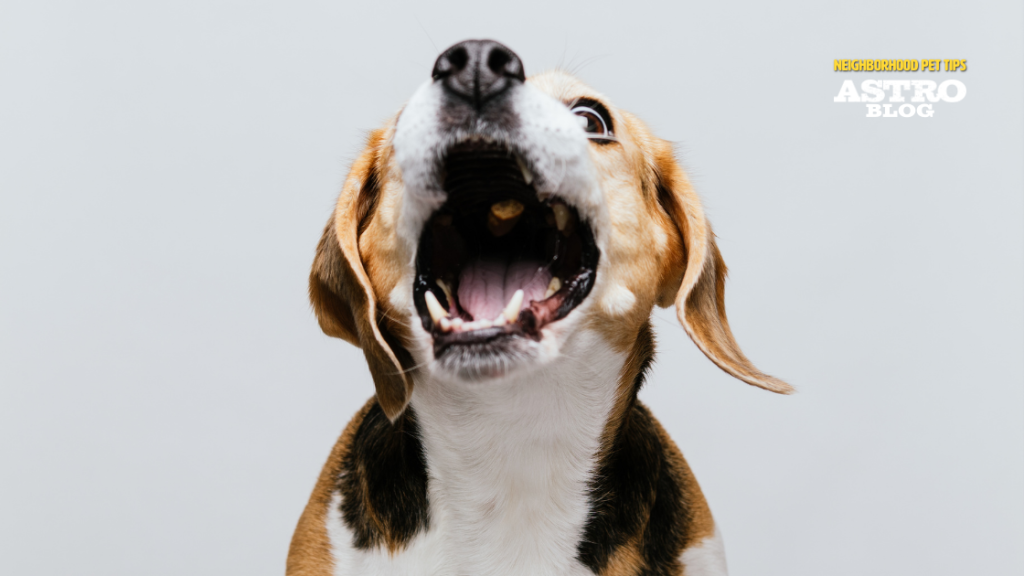
Your dog may be struggling with separation anxiety if they exhibit the following symptoms whenever you leave them home alone:
- Destroying toys, clothes, or furniture
- Attempts to escape
- Chewing around doors and windows
- Pacing the house
- Whining or howling for long periods of time
- Having accidents in the house
Though separation anxiety can be frustrating for both humans and their dogs, there are a few behavior modification techniques you can utilize to help your dog remain calm when you have to leave your home.
Create a Calm Routine
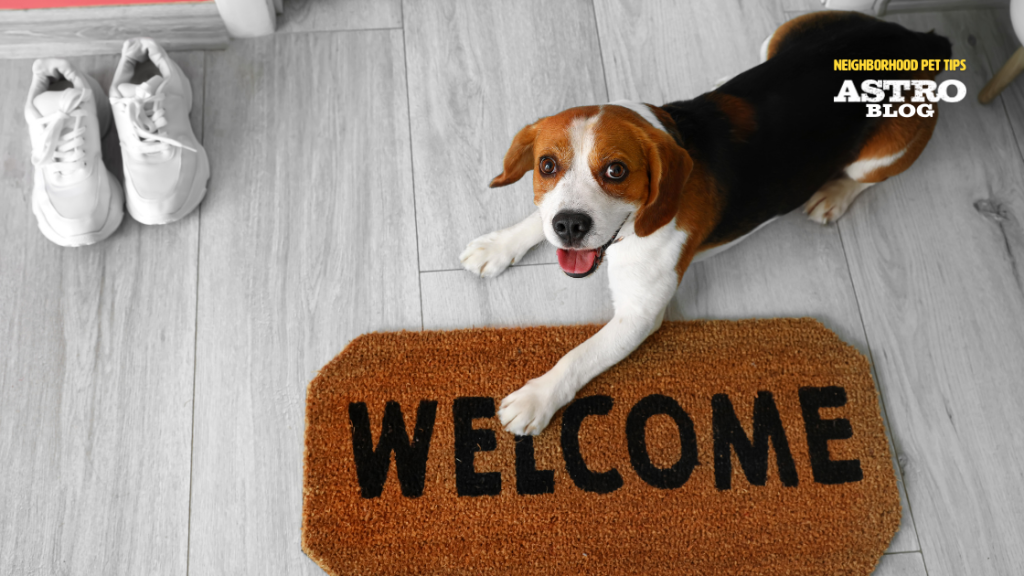
If possible, prepare to leave and return home at around the same time every day so that your dog can get used to a routine. When you have to leave home, try making your departure and your return as calm as possible. Don’t ignore your pet before you leave, but do your best at quietly and calmly picking up your keys, putting on your shoes, and heading out.
Minimize Potential Disturbances

Try to limit the number of things that can disturb or overwhelm your dog when you aren’t home. For example, you might want to close the curtains so that your pet can’t see what’s going on outside. It might also be a good idea to turn the radio on and play low, calming music during the duration of your absence.
There are even pet channels and videos on YouTube designed to keep your dog entertained by wild critters and even other dogs. Popular channels include DogTV and FourPaws TV but there are so many more!
Take a Walk Before You Go

Before leaving the house for extended periods of time, do your best to tire your pet out. Take him or her out for a long walk before you plan to be away from home and let your canine companion really have a good time exploring. Try new routes, let them sniff around, and ensure that your pet gets plenty of exercise. This way, they’ll be less likely to have pent-up energy that can stimulate their anxious behaviors.
Provide Interactive Toys

Dogs that live with milder forms of separation anxiety may benefit from having interactive toys left for them to play with when you’re not home.
Be careful, though. It’s important to choose durable toys that your dog is unlikely to destroy or choke on in the amount of time you’re gone. You could opt for puzzle toys, your pet’s favorite stuffed toy, or a treat-dispensing toy stuffed with peanut butter.
You can find plenty of these types of toys, and goodies to stuff inside them, at your Neighborhood Pet Store.
Anxiety Medications & Supplements

Numerous local pet shops provide natural and holistic supplements tailored to alleviate your pet’s anxiety symptoms. These establishments are often well-versed in helping pet owners manage separation anxiety in dogs. They can offer personalized recommendations and possibly even samples and guarantees. This is so helpful when navigating the trial-and-error process of addressing separation anxiety in your dog.
In some cases, a dog’s separation anxiety may be serious enough to require veterinary intervention. If your best efforts in reducing your dog’s anxiety have failed, reach out to your veterinarian. He or she may be able to prescribe anxiety medication that will help your pet remain calm when you’re not home. On top of that, your vet can help assess the seriousness of your pet’s condition and provide you with additional advice.
Yup, there's an Astro Offer for that
The second week of May is Dog Anxiety Awareness Week.
Click one of the buttons below to view all Astro Offers available across the USA and Canada this month and the next.
Use the “Category” drop-down filter to find Calming Supplement Offers, Toy Offers, and Treat Offers.
Separation anxiety in dogs can be a difficult condition to manage, but there are techniques we can employ in order to help our pets feel a little better when we aren’t home. Try the above steps to reduce your dog’s separation anxiety, and work with your local pet shop and veterinary care provider for additional support.
In my personal experience with separation anxiety in dogs, combining various techniques in a multi-sensory approach led to my greatest successes. Utilizing relaxing or meditative music caters to his sense of hearing. I also diffuse lavender essential oils to engage with his sense of smell. To address his sense of taste, I pack a large chew toy with calming supplements and his favorite treats. For visual stimulation, I switch on a YouTube dog channel on the TV, offering him the delight of watching birds and squirrels. Creating a cozy nest of my worn t-shirts provides a comforting tactile and olfactory experience for his sense of touch and smell. This formula also morphs over time. Some days, his formula addresses his senses of smell/hearing/taste. On other days, his formula soothes via sight/hearing/taste, or it simplifies to taste/hearing.
It’s important to recognize that every dog is unique, and my dog’s relaxation formula may differ from yours. Persistence is key in uncovering the perfect formula for your furry friend.


